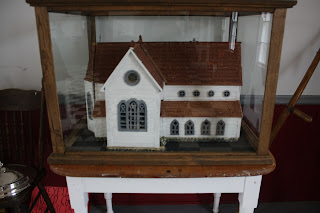Memory maps are subjective drawings based on personal experience in, and perception of, a specific lived place. This is a device Marlene Creates has used in her teaching and in her own artwork for over 30 years. Drawing memory maps can help you remember, record, interpret, investigate, and communicate both present and lost attributes of local places and everyday life –– ones not normally registered in the larger historical record. This is an excellent device to stimulate conversation for anyone doing oral history research.
Marlene will show examples from her own works based on memory maps that were drawn for her by elders in various areas of the province: Inuit and Settlers in Nain and Hopedale, Mushuau Innu in Davis Inlet, and her own elderly relatives in Lewisporte and Joe Batt’s Arm, as well as from some of the multi-disciplinary place-based projects she has done with other adults and over 2,000 schoolchildren in the province.
About the instructor
Marlene Creates is an environmental artist and poet who lives in Portugal Cove. She was born in Montreal and in 1985 she moved to Newfoundland, the home of her maternal ancestors who were from Lewisporte and Fogo Island. Her artwork, spanning more than three decades, has been an exploration of the relationship between human experience, memory, language and the land, and the impact they have on each other. Since the 1970s her work has been exhibited in over 300 solo and group exhibitions across Canada and internationally. She has been a guest lecturer at over 150 institutions, including the National Gallery of Canada, the Glasgow School of Art, the University of Oxford, the University of Kent at Canterbury, the University of Hartford, and many Canadian universities. This year, she was a plenary speaker at Space + Memory = Place, the biennial conference of the Association for Literature, Environment, and Culture in Canada.
Workshop Details
Saturday, 10 November 2012, 1pm-4pm
MMAP Gallery (Old Art Gallery Space)
Arts and Culture Centre, St. John’s, Newfoundland
Workshop fee: $20
Pre-registration required.
Contact Nicole at
nicole@heritagefoundation.ca or call 709-739-1892 ext 6
Materials list for the participants to bring:
- plain HB pencil
- colour pencils
- white art eraser
- glue stick
image credit: Memory map of Freake land in Joe Batt's Arm drawn by Bert Freake for Marlene Creates, 1989; excerpt from where my great-grandmother was born, in the series Places of Presence: Newfoundland kin and ancestral land, 1989-1991.

















